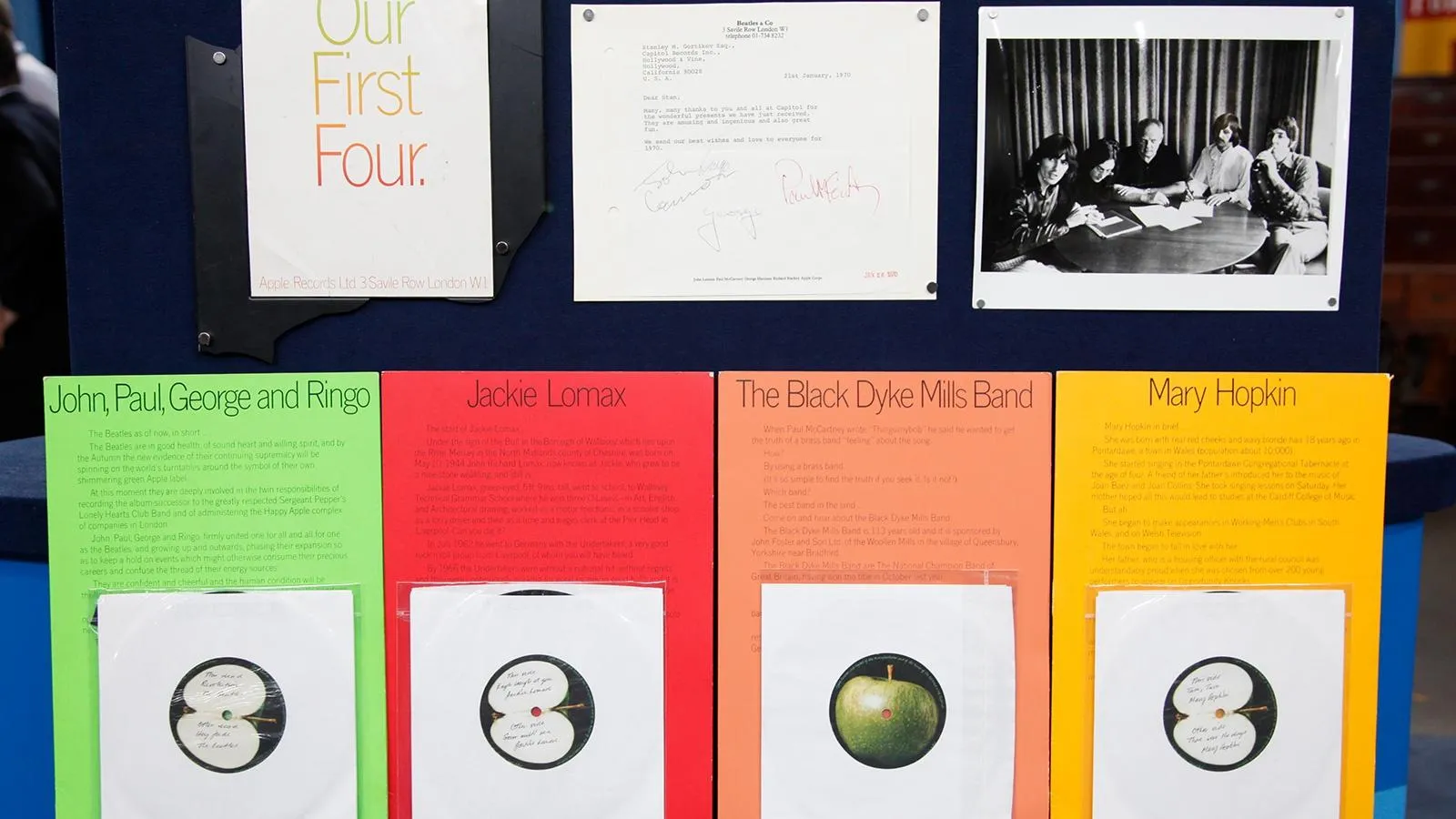APPRAISER 1: Can you tell us a little bit about how you first came to own this fine sewing table?
GUEST: Well, I'm an antiquer from a long time ago.
APPRAISER 1: Okay.
GUEST: And that was my love, always just scouring the antique shops. When I saw it and I saw the hairy paw feet, I just lit up because I knew I had
seen it somewhere in one of the antiques magazines.
APPRAISER 1: Well, it was actually made by Duncan Phyfe.
GUEST: Duncan Phyfe.
APPRAISER 1: Exactly, in New York.
GUEST: m-hmm.
APPRAISER 1: About 1805 or 1810. And it's probably one of his greatest masterpieces.
GUEST: It is?
APPRAISER 1: Duncan Phyfe, as you may know, came from Scotland in the late, latter part of the 1700s, around about 1798, and had a huge group of wealthy clients who he made furniture for-- some of the wealthiest merchants in New York at the time.
APPRAISER 2: This is one of the finest pieces of Federal furniture that I've ever seen. So you really made my day and Leslie's day... (chuckles) ...by
bringing this.
APPRAISER 1: This top with canted corners, this rectangular top, opens up and it reveals this wonderful writing area. This has an adjustable board with the original red baize and gold-tooled leather. So it's so incredible that that's survived in this condition. And over on the side, you have this removable mahogany tray for pens with a pewter-covered inkwell. All the secondary woods here are mahogany. It's incredibly made, with these very fine dovetails.
GUEST: Look how, how fine...
APPRAISER 1: And on the front of the piece, you have a drawer fitted with these Regency-style lion's head brass pulls, probably made in London and imported here into New York. And this drawer actually, if you pull this out, you can see the wonderful poplar, typical New York wood, on the underside, which is very green when it's unoxidized.
GUEST: Oh.
APPRAISER 1: The construction's so tight that even though this is from 1805 or 1810, there's no oxidation-- it's really quite incredible. These flanking legs, cabriole legs, with roundels here, with molding in the front and these hairy paw feet, and they're raised on their original brass casters. The finish on it is so wonderful and untouched, and I'm so glad you never-- you never cleaned it.
GUEST: No, some things you know not to.
APPRAISER 1: Exactly.
APPRAISER 2: Do you realize that, what the value of this is?
GUEST: It's big money.
APPRAISER 1: You think it's-- certainly in the five figures, right?
GUEST: Oh, yeah.
APPRAISER 1: Okay.
APPRAISER 2: Well into the five figures, right.
GUEST: Yeah, without any trouble, yeah.
APPRAISER 2: Well, this, this sewing table is probably worth in the area of around $100,000, and it could bring even higher.
APPRAISER 1: On a good day.
APPRAISER 2: In excess of, on a good day, over $120,000.
GUEST: Well, all these wonderful things you've said...
APPRAISER 1: Thank you.
GUEST: ...I felt, when I saw it in the antique shop, I knew it was one of these wonderful things.
APPRAISER 1: Right-- you mentioned earlier that antiques have helped change your life and possibly save you from an illness you had.
GUEST: Well, I had cancer 23 years ago, and if I hadn't, hadn't had the hobby of antiquing, I think I would be gone now. But antiques have kept me,
the running and looking for them, the finding and researching, it just carries you all the time-- it lifts you. You have no time to get sick or die.
APPRAISER 2: You really don't.
APPRAISER 1: Well, you lifted us, and thanks for bringing this today.











